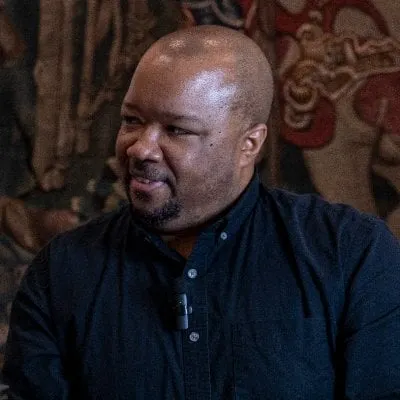With the Bitcoin halving only hours away, the race is on to mint the first tokens on the new Bitcoin Runes protocol set to launch alongside the quadrennial event.
Runes is a new fungible token protocol on Bitcoin that will let users “etch” and mint tokens on top of the chain. It’s akin to the experimental BRC-20 standard launched last year, but is said to be more efficient—and comes from the inventor of the Ordinals protocol.
In any case, as with the NFT-like Ordinals before it, project creators are keen on securing some of the earliest token mints possible.
“Collectors and degens love low numbers,” pseudonymous NFT historian Leonidas told Decrypt. “With inscriptions, some of the most valuable collections were because they had low numbers.”
As Leonidas explained, a sub-10,000 inscription number intuitively communicates that an Ordinals project was early to the protocol. Given the emphasis on provenance around the blockchain and the fact that many early NFT and Ordinals projects have benefited from being early, creators and traders alike see an opportunity to be among the first on this anticipated new token protocol.
Runes is a new protocol from the creator of Ordinals, Casey Rodarmor. Ordinals made it possible to create NFT-like “inscriptions” on the Bitcoin network, and the BRC-20 standard built on top of that enabled fungible tokens. Runes is seen by many Bitcoiners is the next step forward for tokens on Bitcoin.
Like first edition books, physical art, and NFT collections like CryptoPunks and Solana Monkey Business, collectors ascribe value to collectible items by their rarity or age.
With developers angling to inscribe the first Runes, Leonidas expects that millions of dollars will be spent on fees trying to secure these low Rune numbers. Runestone, currently the biggest Ordinals project by market cap (and which Leonidas helped create), aims to be one of those projects to nab an early spot for its upcoming meme coin launch.
“Runestone will be spending over $100,000 in a single transaction to try to secure a low number for its Dog meme coin," he said.
Earlier this month, Leonidas announced that holders of the 112,383 Runestone inscriptions will be airdropped a Dog meme coin after the Runes protocol launches.
“Casey has created a similar mechanism with Runes where they will be numbered based on the order they were created,” he said. “It's just a number, so it’s not the end all, be all—but it is for sure cool if a project gets a low Rune number.”
In addition to battling to etch on the first Runes, Bitcoin mining pools are also trying to nab an “epic satoshi,” or a limited edition of the smallest denomination of a Bitcoin (1/100,000,000 BTC).
“According to 'Ordinals theory,' the first satoshi in the halving block is called an 'epic satoshi,'" Blockspace Media co-founder Will Foxley told Decrypt. “It’s thought that an Ordinals project that can successfully purchase that satoshi and inscribe an Ordinal on it would have a significant market premium because of the underlying satoshi’s rarity.”
According to Luxor mining pool CEO Nick Hansen, it's not just about grabbing the uncommon or epic sat, but the potential windfall that comes with it.
“For reference, an uncommon sat will go for $200 to $500 depending on market variations; rare sats we've seen go for up to three Bitcoin ($193,242),” Hansen told Decrypt. “But it is a logarithmic scale. We think most likely the epic [sat] is going to be to the tune of $4 to $6 million—[that's] probably the market value for that.”
Edited by Andrew Hayward
Daily Debrief Newsletter
Start every day with the top news stories right now, plus original features, a podcast, videos and more.

